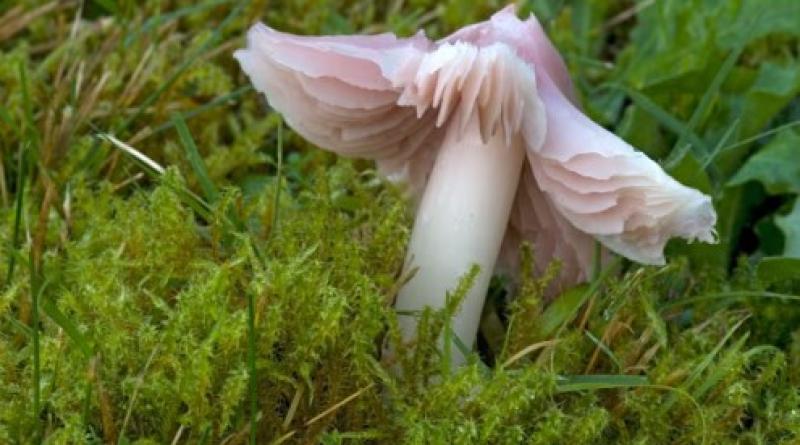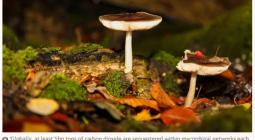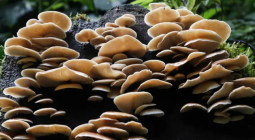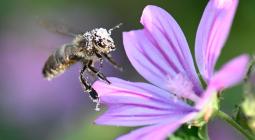Country diary: We find four globally rare fungi by lunchtime

The ford is a problem. We shuffle across the Rhenass River, water an inch from the top of our wellies. Somehow free from squelchy socks, I ponder when somebody last walked this lane. This is one of the island’s most isolated upland areas, and we cannot see a single house, person or car in any direction. Above us stands Greeba Mountain. At its base, the Blaber bog. This muted landscape is desolate yet alluring.
Across the valley, cattle graze old pastures ringed with gorse. Despite popular misconceptions, gorse is in a fact valuable habitat. It attracts the thrushes we hear in the distance, slowly turning it into woodland by the passage of berries through their back passage. They can effortlessly do what we impatient humans seem only capable of doing with plastic tubes and cable-ties.
Raven and redpoll pass overhead, then a buzzard. Five years ago, I would have been awestruck to see one; today I have seen three. Our cave-dwelling Manx ancestors once ate them.
Attempting to ignore such distractions, we stare at our feet as we search for one of the unsung delights of these islands: grassland fungi. To the uninitiated they are essentially invisible. Many farmers of a good age are unaware of their presence in fields they have shepherded their whole life. Waxcaps, crazed caps, corals, clubs, earth tongues, spindles, pinkgills; their names redolent of their forms.
Confined to the oldest pastures free from agricultural “improvement”, they are abundant only where the soil has not been broken in living memory. By lunchtime we have recorded four that are globally threatened – crimson, ballerina, citrine and splendid waxcap – yet here they thrive on fields farmed with the lightest touch.
We eat by an abandoned hill farm, or tholtan. Like Scotland, our uplands have been cleared, but here it was voluntary, indicated by field names such as Ohio, Egypt and Virginia. This tholtan has a horse-walk – a traction-powered mill, proving that a century or more ago these fields were indeed ploughed. Despite the passage of time, the fields closest to the mill still contain the fewest waxcaps, playing catchup to the other nearby pastures. You can read the history of a place through its mushrooms.
Photograph: Bob Gibbons/Alamy






